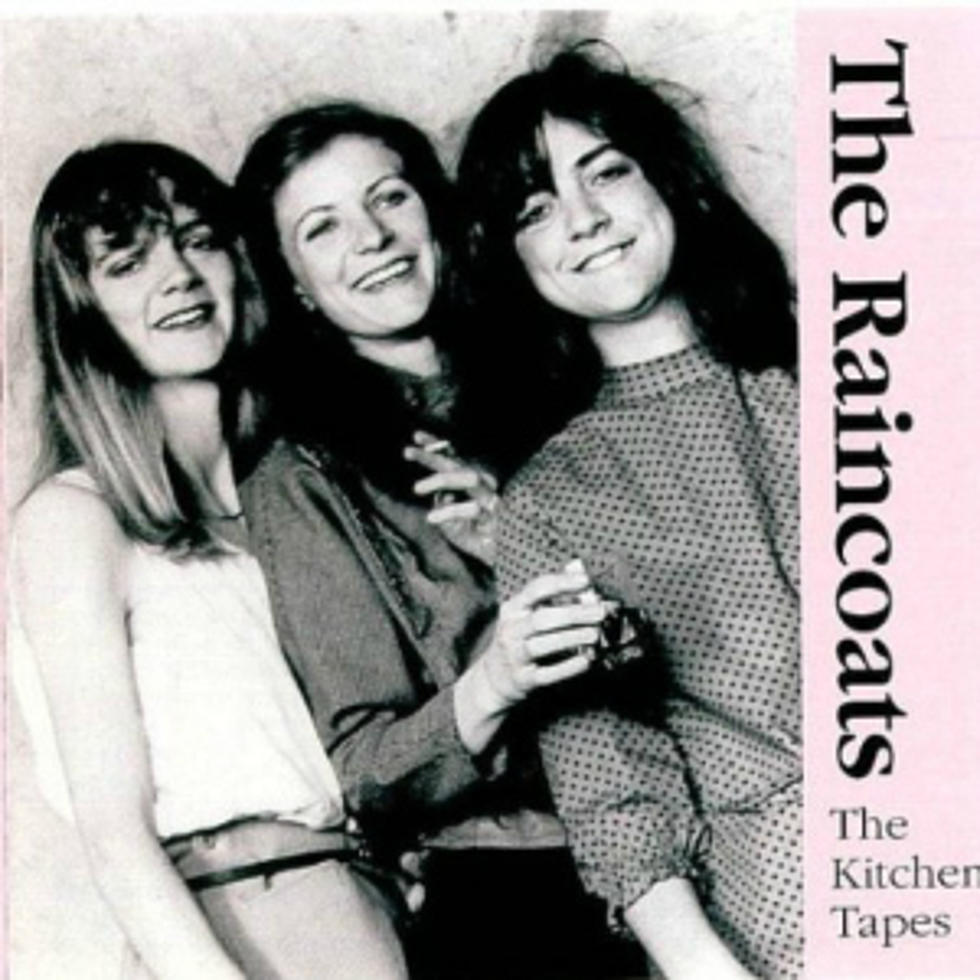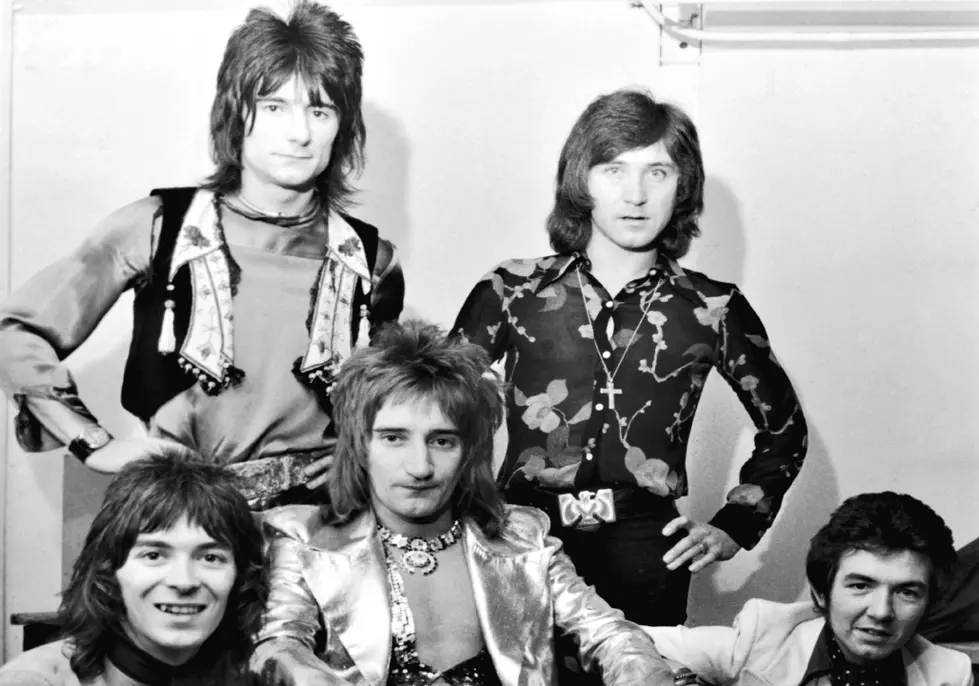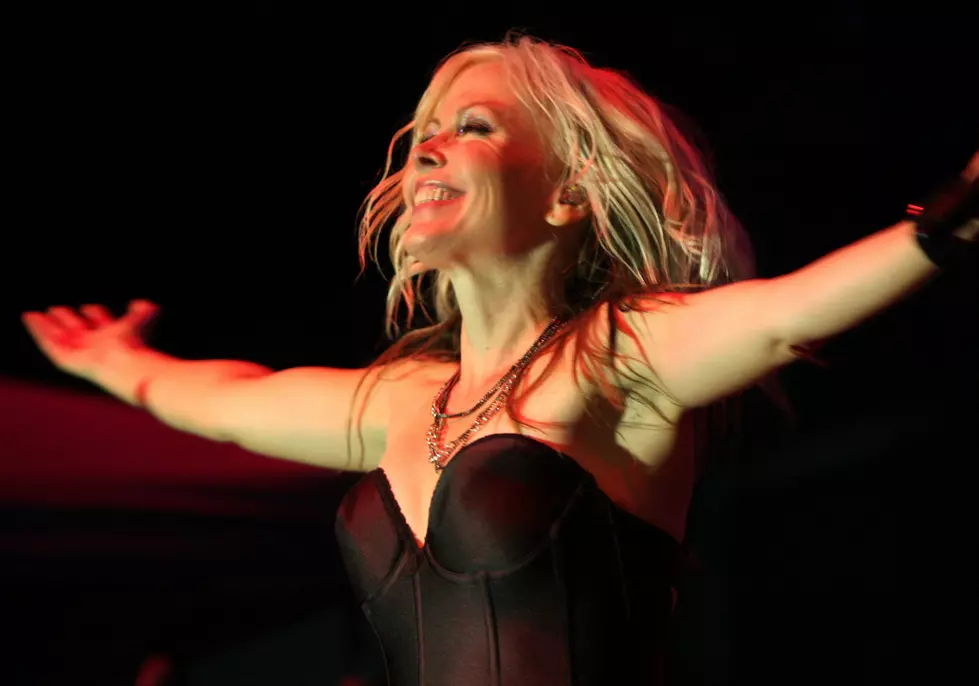
The Roots of Indie: the Raincoats
"The Raincoats made pop an adventure close to hold. They sang in forbidden voices and drummed 'taboo beats.' They opened the door for a new kind of women's music and...others will surely follow." -- Graham Lock, writing in the New Music Express
Back in December 1992, Nirvana released Incesticide – a compilation of demos, B-sides and other bits and pieces. Kurt Cobain had full control over the album's packaging, right down to writing Incesticide's liner notes.
He used this bully pulpit to rail against homophobes, racists and misogynists, and he threw in the compulsory thanks to the long list of people who got the Nirvana train rolling or kept it running. Those feel almost like afterthoughts, though. The bulk of Cobain's liner notes are dedicated not to singing the praises of Nirvana, but rather to telling the story of the time he met Ana da Silva, co-founder of the Raincoats. "I left feeling like a dork, like I had violated her space, like she probably thought my band was tacky," he wrote.
The guitarist-turned-antique-seller thought none of those things, apparently, though admittedly she had no idea who the Nirvana lead singer was. Shortly after his visit, de Silva sent Cobain a signed copy of the Raincoats' 1979 self-titled debut – one of the most eclectic albums of the early post-punk era.
By the time Cobain met da Silva working in a London antique shop, the Raincoats had been out of the music business for eight years. They were gone but not forgotten, at least not by Nirvana's frontman or his friend and label mate, Sonic Youth's Kim Gordon.
What happened next is movie worthy. DGC (in conjunction with Rough Trade) – the label of Nirvana and Sonic Youth – reissued the Raincoats' three out-of-print studio albums with liner notes by Cobain and Gordon. Reissued in 1993, the band's debut album includes a brief essay from Cobain that opens with a jab at the "coolies who suck and feed off the fact that they know about and (supposedly) enjoy unknown, obscure bands of present and past" before settling into the real subject:
The Raincoats were not very well known in the States -- I don't know about the U.K. and Europe. In fact, I don't really know anything about the Raincoats except that they recorded some music that has affected me so much that, whenever I hear it I'm reminded of a particular time in my life when I was (shall we say) extremely unhappy, lonely, and bored. If it weren't for the luxury of putting that scratchy copy of the Raincoats' first record, I would have had very few moments of peace. I suppose I could have researched a bit of history about the band but I feel it's more important to delineated the way I feel and how they sound. When I listen to the Raincoats, I feel as if I'm a stowaway in an attic, violating and in the dark. Rather than listening to them, I feel like I'm listening in on them. We're together in the same old house and I have to be completely still or they will hear me spying from above and, if I get caught - everything will be ruined because it's their thing.
The renewed interest in the band led to a reunion tour opening for Nirvana on their British dates in '93 and a spot on Lollapalooza's bill. The band also landed their own deal with Geffen, which resulted in 1996's Looking in the Shadows.
Aside from being one of Kurt Cobain's favorite bands, who are the Raincoats? The story begins in 1977 at London's Hornsey College of Art, where students Ana da Silva and Gina Birch first met. Neither woman played an instrument, but the DIY ethos was strong in the wake of punk's first wave. Birch bought a bass and da Silva picked up a guitar, and they got to work. Years later, Birch told author Richie Unterberger for his book, Unknown Legends of Rock 'n' Roll:
Neither of us would have dreamt in a million years that we would be doing anything like that if it hadn't been for punk. We really learned in public. We really, really believed in a kind of punk ethos. I think it became clear to us quite quickly that lots of people seemed to believe in it, but didn't really practice it. We didn't realize that so many of those musicians were actually fantastic musicians. We really believed the press, you know, that you just pick up an instrument and learn three chords and see what happens.
The band was playing gigs by the end of the year, but it wasn't until late 1978 that their lineup gelled with the addition of drummer Palmolive (formerly of the Slits) and violinist Vicky Aspinall. Palmolive would leave a little over a year later, but this was the band that recorded The Raincoats.
Reception was mixed with some reviewers quite critical of the band's mix of odd time signatures and rudimentary structures while others were equally enthused by it. John Lydon of the Sex Pistols told Trouser Press in 1980, "I think music has reached an all-time low...except for the Raincoats." Thirty years later, Lydon remained a fan. In a 2009 article in the Guardian, Mr. Rotten offered this insight into the band's debut album:
I cared deeply about what we were doing with the Pistols and it was hurtful to be put in a 'punk' package alongside lesser mortals. But the Raincoats offered a completely different way of doing things, as did X-Ray Spex and all the books about punk have failed to realize that these women were involved for no other reason than that they were good and original. It's a million miles away from the blancmange that is Green Day, where you have a Johnny Rotten first verse, a Billy Idol chorus and a Sham 69 second verse. Preposterous!
Although they were an all-female band, the Raincoats avoided the sex appeal trap common to such lineups. "We didn't want to have to wear short skirts and have fab legs in order to have people think that what we did was great," Birch told Unterberger. "It was a kind of precursor to what happened some years later, real kind of grungy riot grrrl stuff. I suppose that's the look we had.
The "grungy riot grrrls" certainly embraced the band. Aside from the aforementioned Gordon, Hole covered the Raincoats' song, "The Void," as the B-side to "Doll Parts."
The band's second album, Odyshape, featured a collection of cheap instruments and a new drummer, Ingrid Weiss. Weiss is better known today as the mother of Kitty, Daisy & Lewis, for whom she occasionally plays bass. It's an eclectic album, both fun and challenging. In her liner notes for the DGC reissue, Gordon wrote:
I loved the Slits because of their boldness and that they actually had commercial songs, but it was the Raincoats I related to most. They seemed like ordinary people playing extraordinary music. They had enough confidence to be vulnerable and to be themselves without having to take on the mantle of male rock/punk rock aggression...or the typical female as sex symbol avec irony or sensationalism.
Album number three, 1984's Moving, proved to be the band's downfall. More specifically, democracy was the band's undoing. We often hear tales of domineering personalities destroying bands, but the Raincoats discovered the corollary to that problem. Birch said (again, to Unterberger), "We really endeavored to be incredibly democratic, which meant that as we grew apart, or as our influences grew more and more diverse, that we ended up not really knowing how to censor ourselves."
Not that Moving is without some fantastic moments. "No One's Little Girl" pops up occasionally on post-punk and new wave anthologies, and rightfully so. It's as good as anything the band ever recorded.
That's where the Raincoats' story may have ended if not for a visit to a London antique shop by Kurt Cobain and Courtney Love. The renewed interest in the band kicked off a Raincoats revival that continues to this day, with co-founders Birch and da Silva still playing the occasional show and keeping the band's catalog in print via their own label, We ThRee.
Let's give give Birch the last word, as quoted in Amy Raphael's Grrrls: Viva Rock Divas:
It was horribly intimidating when we got up to do our first gig, and although it was a time when so many people were getting up and doing it, if it hadn't been for the Slits I don't think I would have had the courage. Their shows were anarchic and boisterous and good fun; they were such an inspiration to me.
The Raincoats were inspired by the Slits? And so the search for the roots of indie continues....
More From Diffuser.fm









